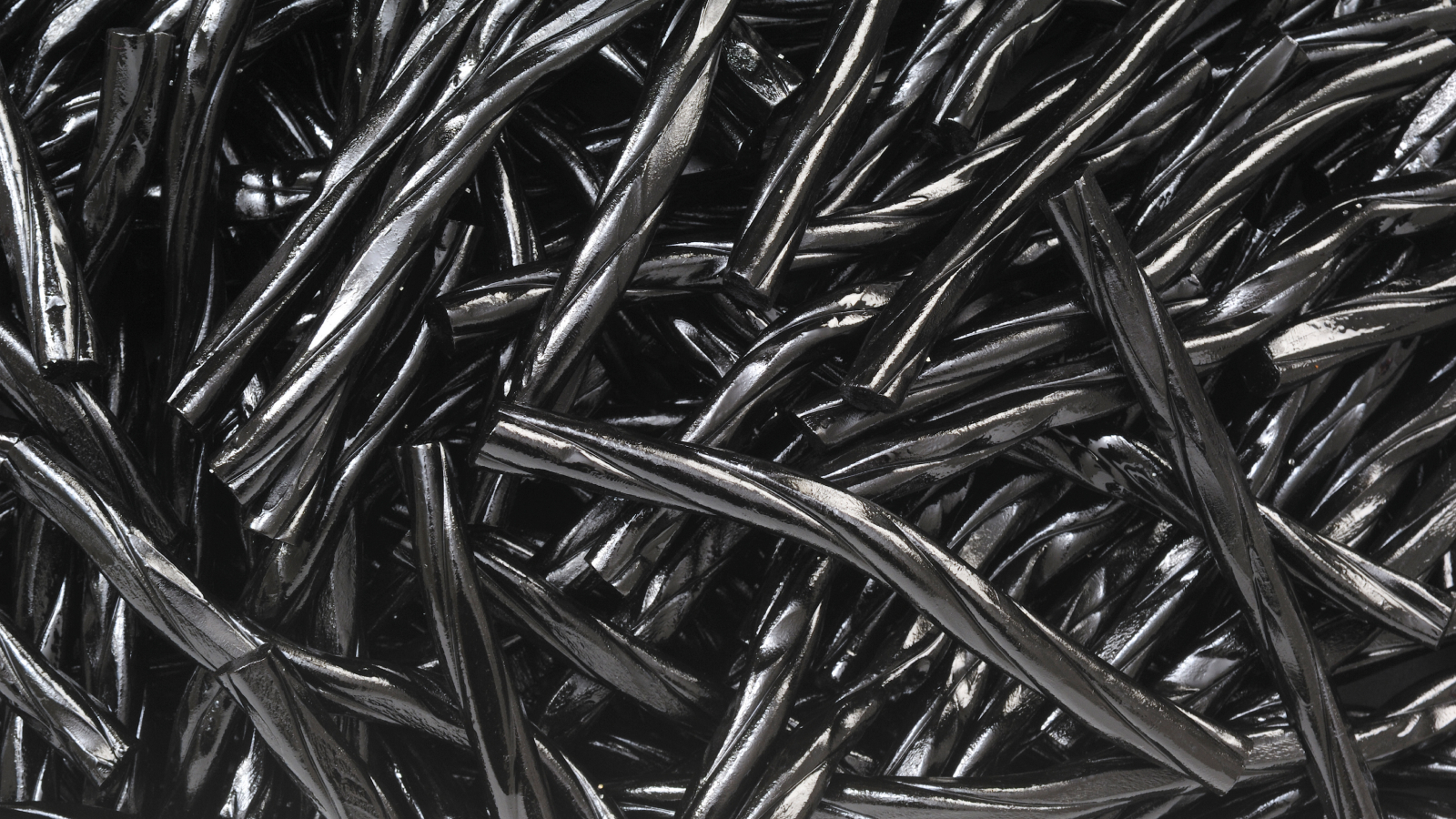IJMS, Vol. 24, Pages 9439: Altered Tau Kinase Activity in rTg4510 Mice after a Single Interfaced CHIMERA Traumatic Brain Injury
International Journal of Molecular Sciences doi: 10.3390/ijms24119439
Authors: Wai Hang Cheng Honor Cheung Amy Kang Jianjia Fan Jennifer Cooper Mehwish Anwer Carlos Barron Anna Wilkinson Grace Hu Jefferey Yue Peter A. Cripton David J. Vocadlo Cheryl L. Wellington
Traumatic brain injury (TBI) is an established risk factor for neurodegenerative diseases. In this study, we used the Closed Head Injury Model of Engineered Rotational Acceleration (CHIMERA) to investigate the effects of a single high-energy TBI in rTg4510 mice, a mouse model of tauopathy. Fifteen male rTg4510 mice (4 mo) were impacted at 4.0 J using interfaced CHIMERA and were compared to sham controls. Immediately after injury, the TBI mice showed significant mortality (7/15; 47%) and a prolonged duration of loss of the righting reflex. At 2 mo post-injury, surviving mice displayed significant microgliosis (Iba1) and axonal injury (Neurosilver). Western blotting indicated a reduced p-GSK-3β (S9):GSK-3β ratio in TBI mice, suggesting chronic activation of tau kinase. Although longitudinal analysis of plasma total tau suggested that TBI accelerates the appearance of tau in the circulation, there were no significant differences in brain total or p-tau levels, nor did we observe evidence of enhanced neurodegeneration in TBI mice compared to sham mice. In summary, we showed that a single high-energy head impact induces chronic white matter injury and altered GSK-3β activity without an apparent change in post-injury tauopathy in rTg4510 mice.

 1 year ago
37
1 year ago
37


